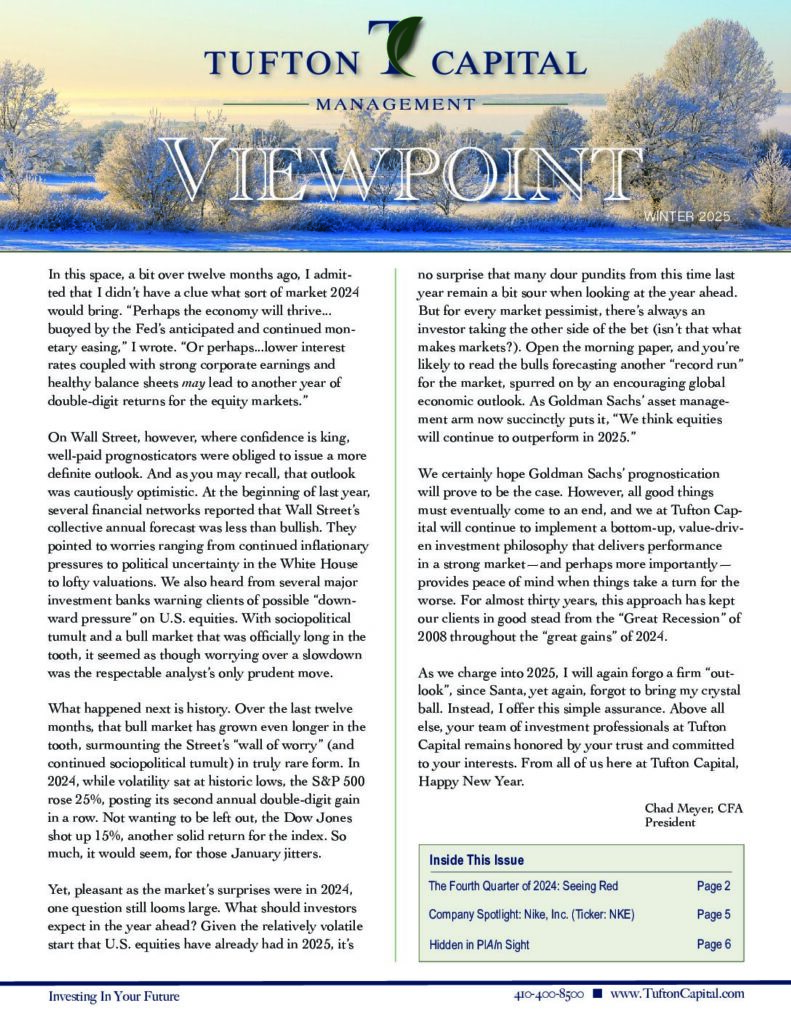Ask Hardesty: “What should I invest in?” – Part I
We’re going to try something new on the Hardesty blog. In addition to giving you weekly updates about what we think was important that week, we want to hear from you. With that in mind, we are starting an “Ask Hardesty” column in our blog in which we’ll be answering questions that you send in. The questions can be about an investing concept that isn’t quite clear, something in the financial news, or anything investment-related. Just e-mail johnk@hardestycap.com.
Our first question is seemingly the most basic:
What should I invest in? -Tina D.
It seems the most basic to the asker, but it is perhaps the most complicated to answer. Unfortunately, the answer is going to be, “It depends.” It depends on the timeframe of the investment, your resources, what your goals for the investment are, and your tolerance for risk, among other things.
These are too many variables for just one concise blog post. As such, we’ll look at one at a time in a multi-part post, to be compiled at the end.
Risk
Let’s first consider the most fundamental part of your investments: the level of risk you are taking. Generally, investors think of “risk” as “How much money could I lose?” whereas we at HCM prefer to think of this question in terms of “What kind of price swings might I experience?” The difference might be subtle to a novice investor, so we won’t dwell on it. Basically, with risk, you need to know that in order to make money in the long term, you have to be willing to risk losing money in the short term.
Something else that is essential to understand but is not generally well-understood is that risk and return are not only related, but almost interchangeable. A higher return means a higher risk. At HCM, we have seen countless examples of investors losing money in a supposedly higher-return investment that they thought was “safe.” However, what the market is telling you by offering a higher rate of return is that you are taking more risk. There may be some exception to this rule, but we are certainly not aware of one.
In general, stocks have higher returns (more risk) over time than bonds. Bonds return more than money market funds (cash). Even within these categories, we can have differing levels of return: some stocks are riskier than others, as you might imagine.
If you need your money back in two years to pay for a child’s education, you shouldn’t take as much risk as if you are looking to start saving for your retirement that is thirty or forty years away. Over thirty years, you shouldearn the 8-10% long-term average that stocks provide, even if you lose 25% in the first two. But if you need the money in two years, you can’t take those kinds of risks.
If you can’t stomach the thought of a 45% loss of your investments, you will need to choose safer asset classes than just stocks. Similarly, if you are risk-seeking, you might want to take a higher weighting in riskier stocks than others in a situation similar to yours. Whatever your situation, you need to understand the risks you are (or aren’t) taking.
In sum, when investing, you first need to consider how much risk you want to take over your entire investment portfolio. If you are conservative on risk, it doesn’t mean you can’t have 2% of your assets in a tech stock, as long as your overall average risk is where you want it to be.
The concept of risk and return is one we will return to often. If your goal for the question “What should I invest in?” is a hot stock tip without considering all of these things, you may want to reconsider your strategy.

Look for the next segment soon.



